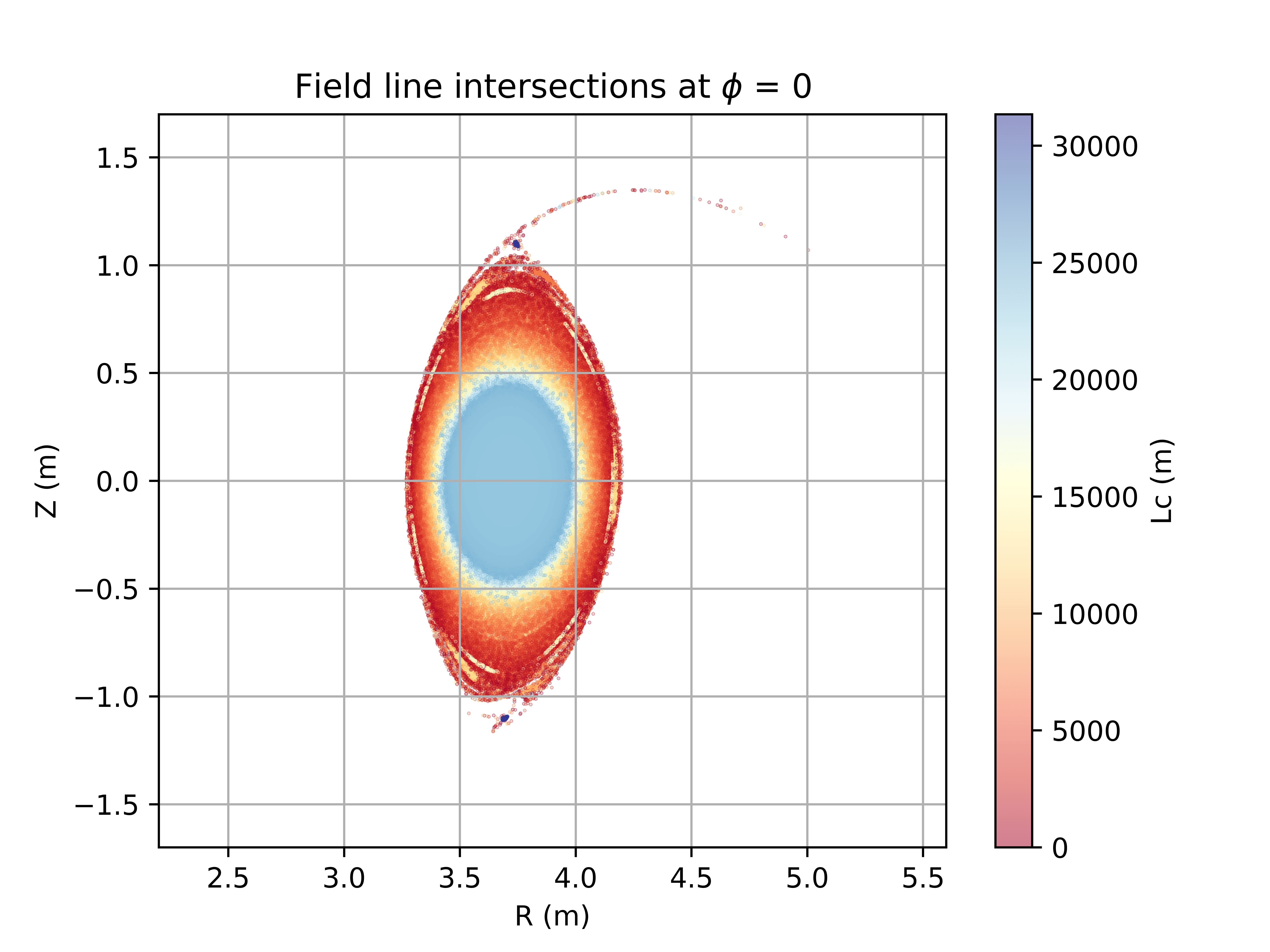
A recent study examines heat transport in stochastic magnetic fields, focusing on an-isotropic temperature diffusion. This research dives into the differences between parallel and perpendicular thermal conductivity.
Stochastic magnetic field regions are an important subject of research due to the role they play in the profile reconstruction of temperature and pressure. Tokamaks exhibit regions of stochastic magnetic field in the collapse of islands with reversed magnetic shear as well as in the edge (outside the last closed flux surface), while in stellarators the magnetic field “can become naturally stochastic due to the absence of toroidal symmetry”.
Numerical profile reconstruction in stochastic magnetic fields usually provided flat temperature profiles, which may have been caused by the numerical difficulty of tracing the open field lines and, therefore, keeping the pressure and temperature profiles. A study published recently in the journal of Contributions to Plasma Physics suggests, “supporting some experimental results”, that a finite temperature gradient can be maintained in the stochastic region.
Addressing the numerical challenge of reconstructing temperature gradients, the study adopts an approach centered on conduction utilizing a field line tracing method for parallel gradient calculations, neglecting the convection terms and excluding cross-gradients (separating diffusion into parallel and perpendicular).
Numerical simulations on the LHD stellarator reveal a consistent behaviour. Despite extreme ratios of parallel to perpendicular diffusivity (ranging from 106 to 1010), proportionally related to temperature flattening, a finite temperature gradient persists within the stochastic region.
In the ongoing quest for controlled fusion reactions, these insights into an-isotropic temperature diffusion and magnetic field stochasticity contribute valuable knowledge, advancing our understanding of clean and sustainable energy.
Source: https://doi.org/10.1002/ctpp.202300143
Quotes from source.
